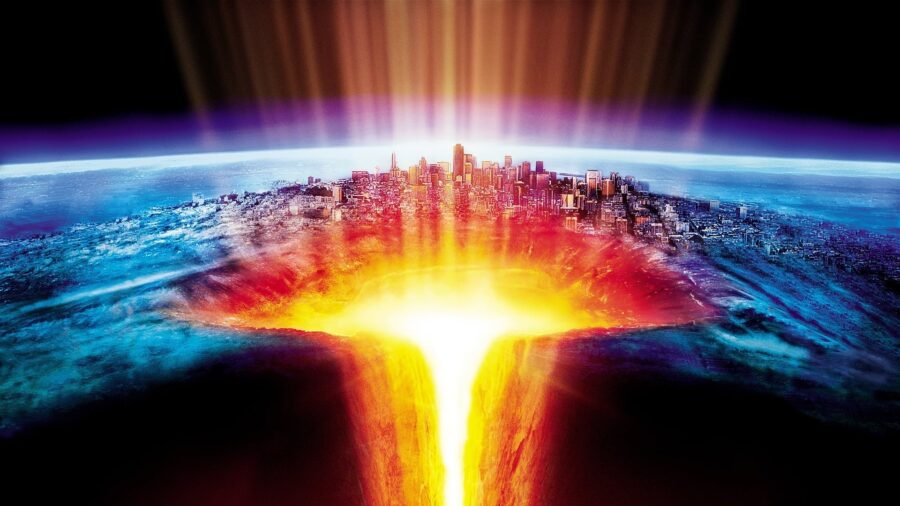The absolute change in physical properties (e.g., temperature, density, and viscosity) from the mantle to the core is greater than that between solid rock and air. Hence, Earth’s core-mantle boundary (CMB) is host to a variety of phenomena, including thin (5 to 50 km), enigmatic regions with strongly reduced P- and S-wave velocities (δVP and δVS) and increased density (δρ), dubbed ultralow velocity zones (ULVZs).

Previous studies have reported a wide range of ULVZ characteristics, leading to notable debate regarding their origins. One common explanation for ULVZs is partial melt associated with thermal anomalies along the CMB, a concept supported by the approximate 3:1 δVS:δVP ratio found by some studies . However, some ULVZs are found far from the presumably hottest portions of the lowermost mantle, suggesting a compositional component to these CMB anomalies.

Source:ScienceOrg
Scientists have discovered an ancient ocean floor deep beneath the Earth’s Southern Hemisphere!
Do not forget to share your opinion with us to provide you with the best posts !







